下拉有很多__【询价/阅新品 + 右侧联系】
平面布置图制作:
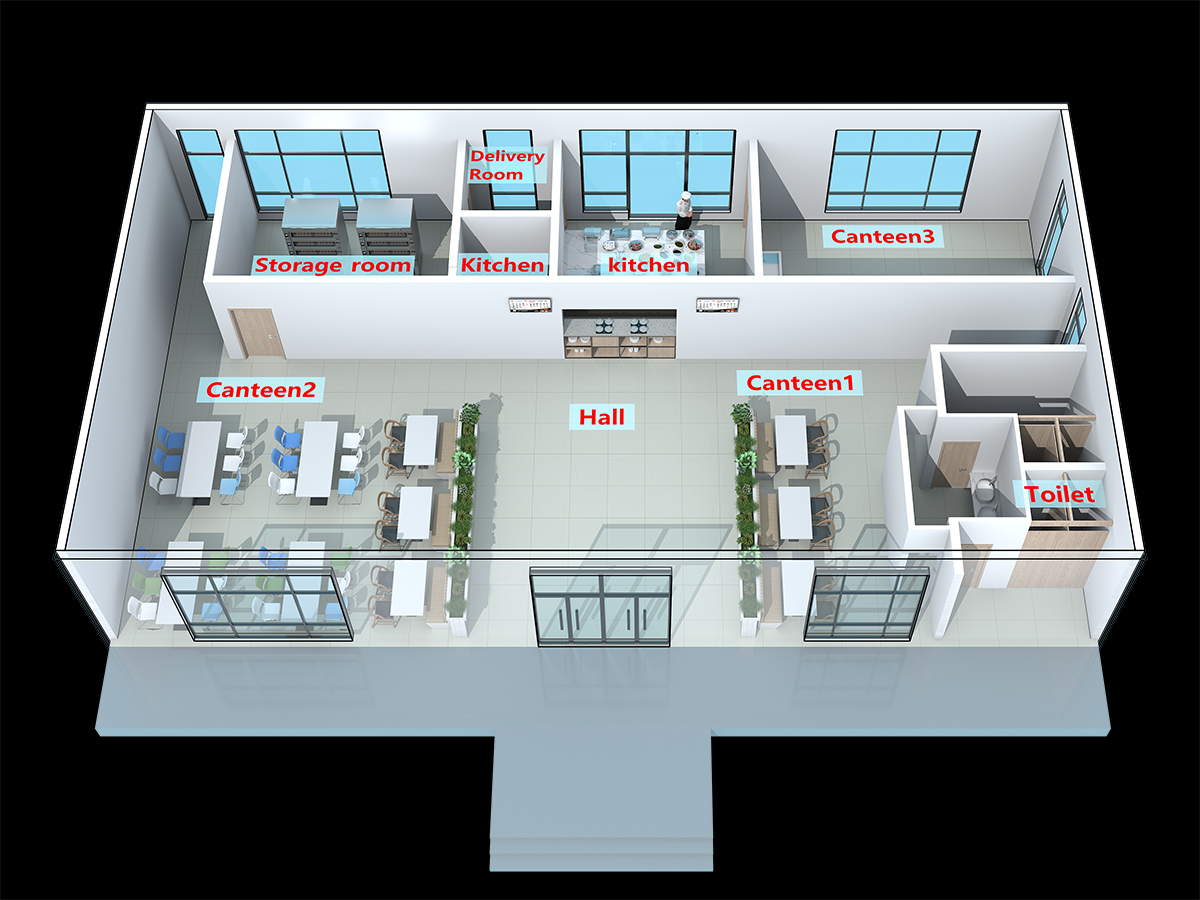
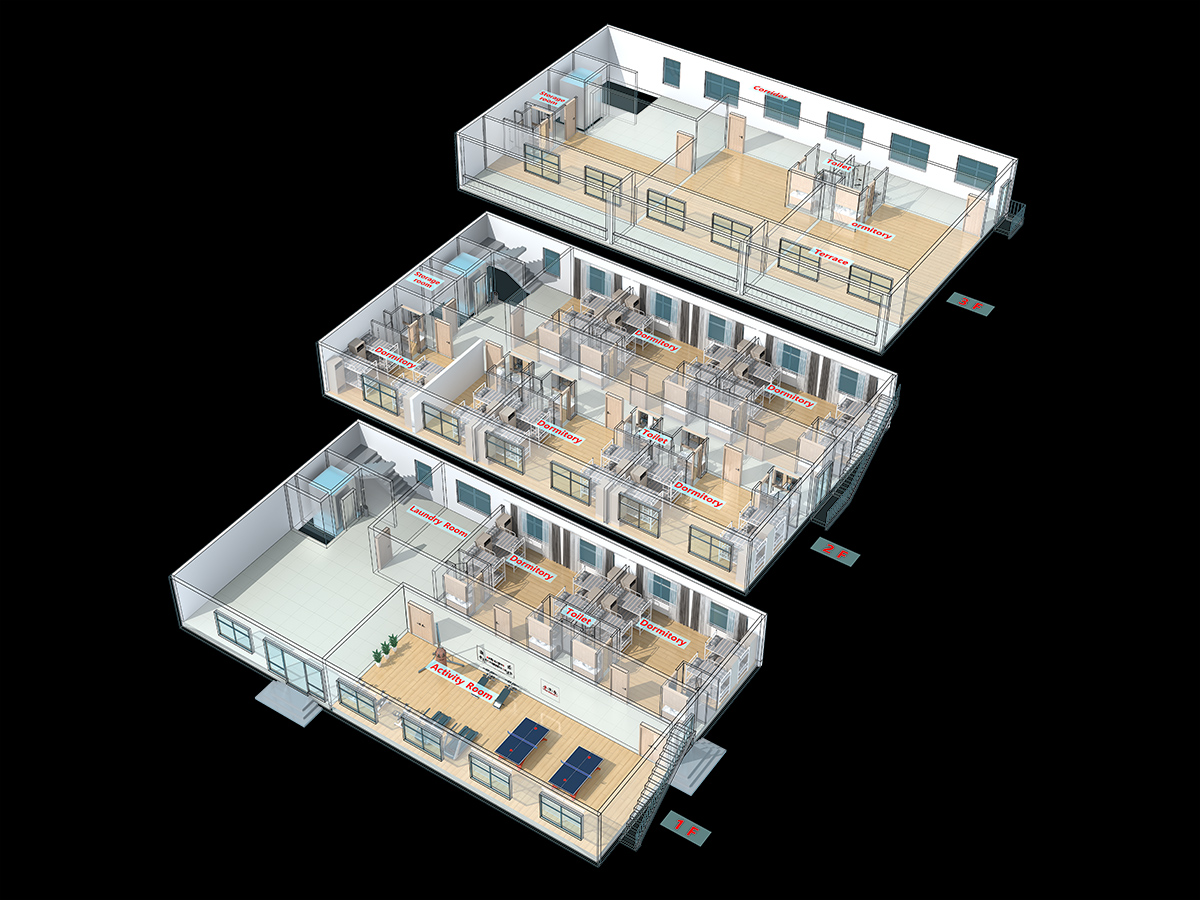
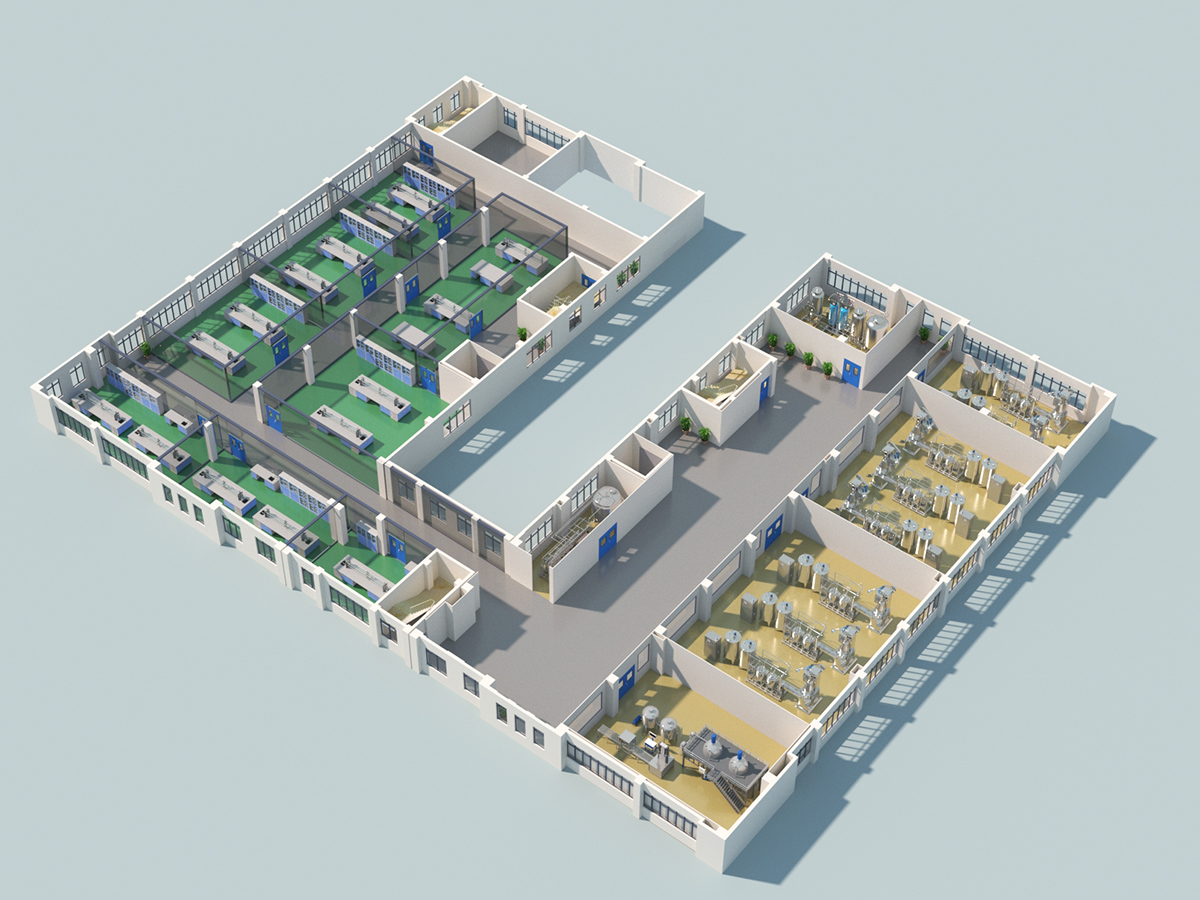
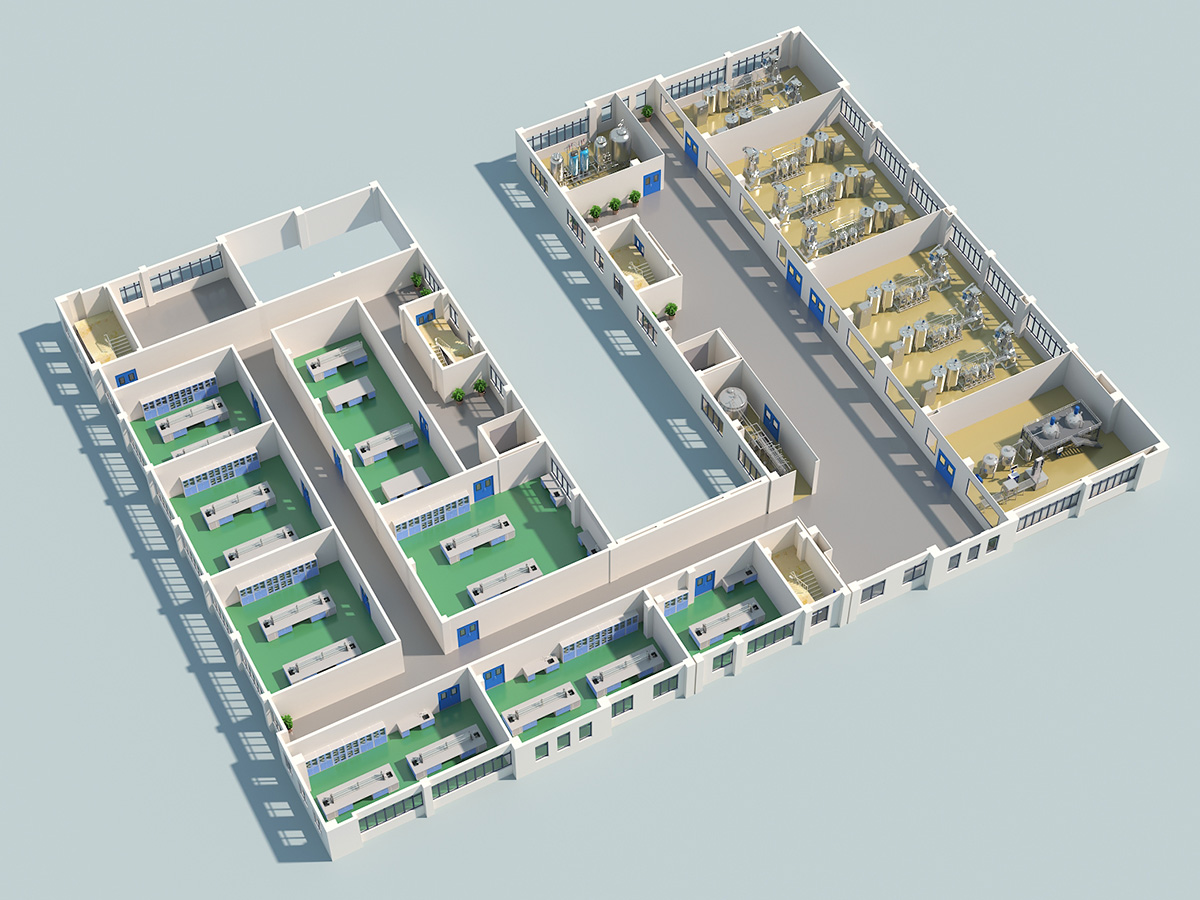
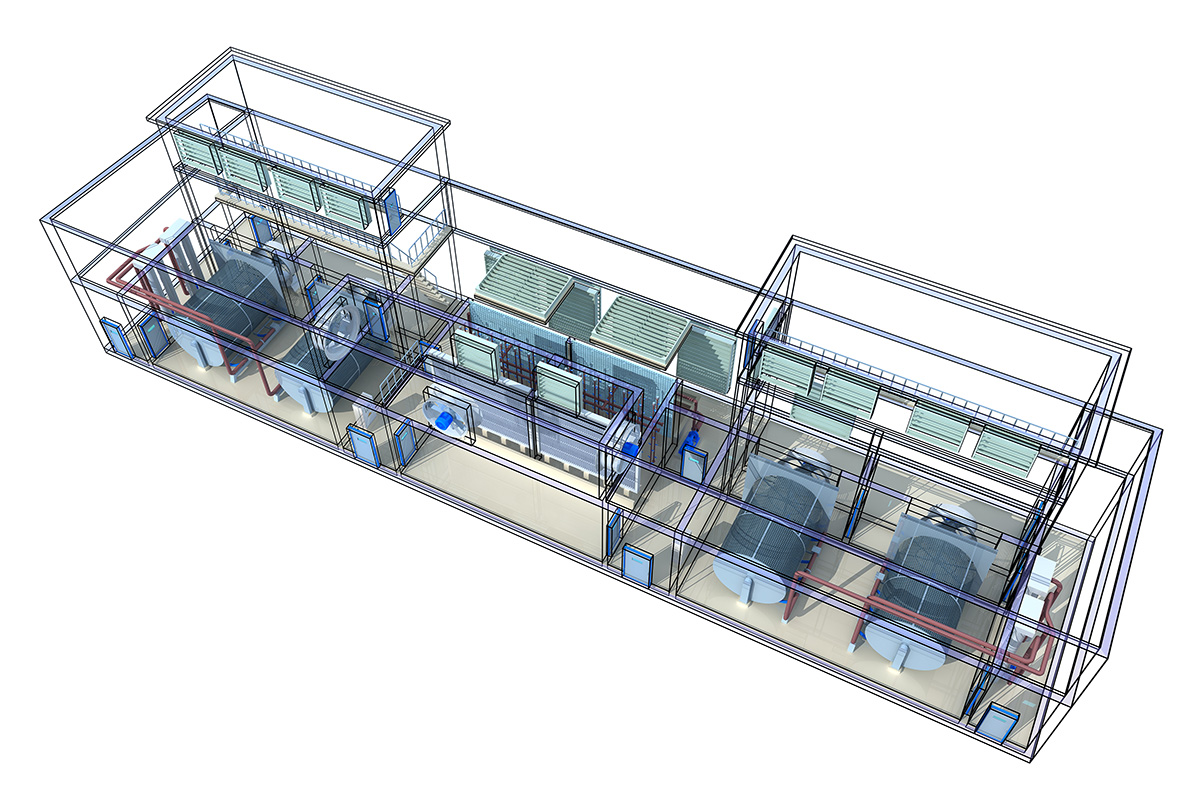
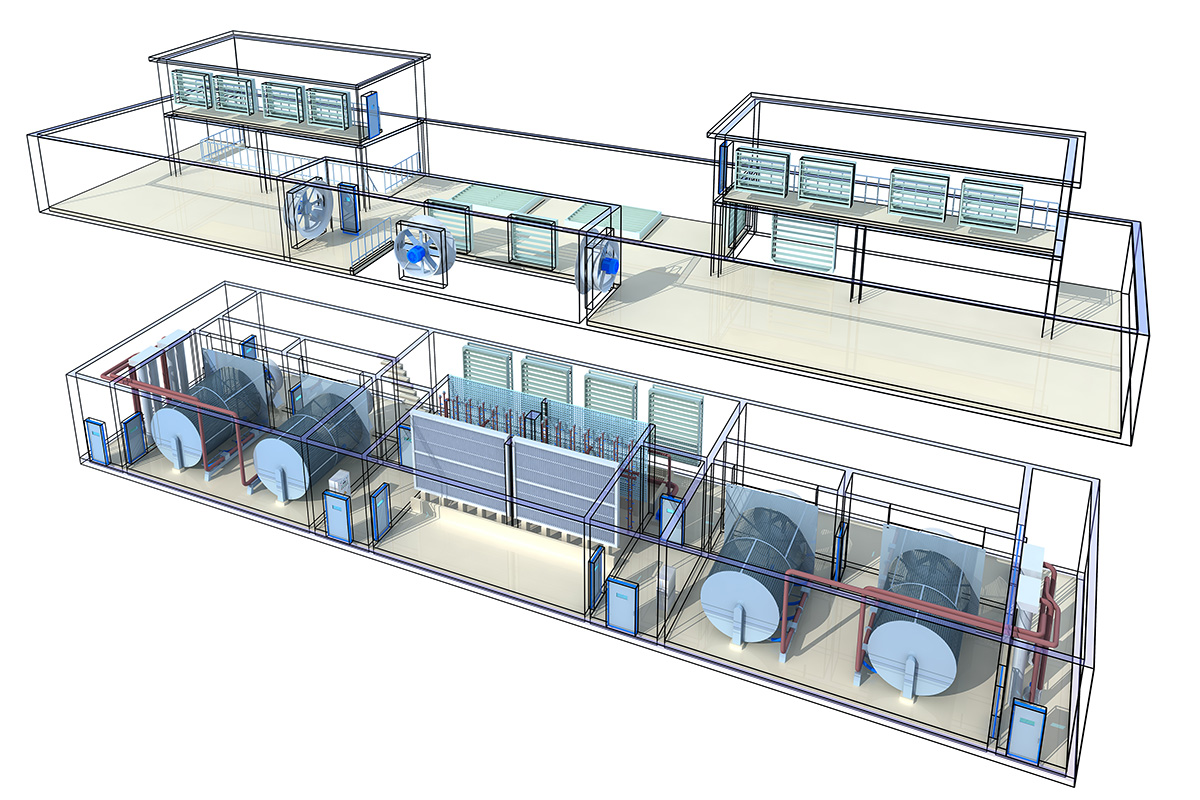
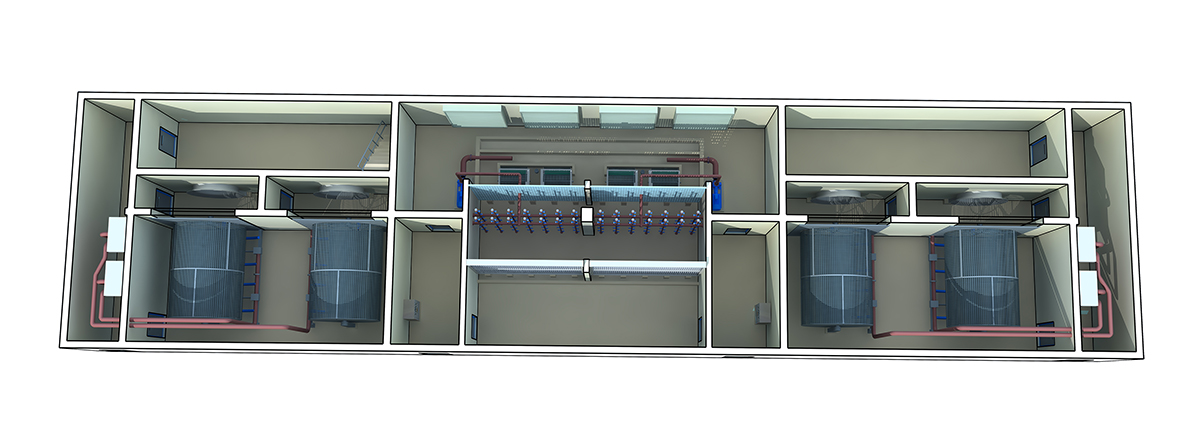
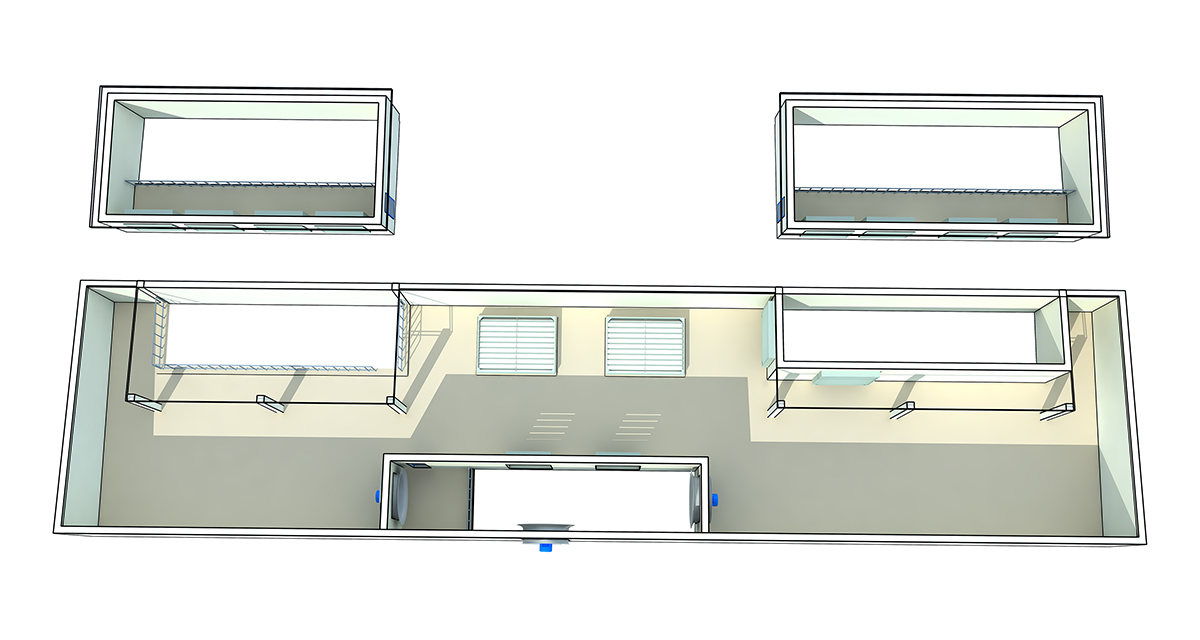
类似厂房及建筑的平面布置图可根据使用场景、建筑类型、功能需求等维度细分为多个类别,以下为具体分类及说明:
一、按建筑类型分类
工业厂房类
单层厂房:用于机械制造、冶金等重型工业,需适应大型设备及重型运输需求,平面布置需考虑设备跨度、起重运输路径及物流动线。
多层厂房:常见于电子、精密仪器、食品等轻工业,平面布置需优化垂直运输效率及层间工艺衔接。
混合层数厂房:结合单层与多层结构,适用于化工、电力等需兼顾大型设备与工艺流程的工业。
公共建筑类
商业建筑:如购物中心、办公楼,平面布置需注重功能分区(如零售区、办公区、公共通道)及人流疏散设计。
医疗建筑:医院平面布置需严格区分洁净区、污染区及医患流线,确保感染控制与运营效率。
教育建筑:学校平面布置需合理规划教学区、实验区、运动区及后勤区,满足教学与安全需求。
仓储与物流类
普通仓库:平面布置需优化货物存储密度、分拣路径及装卸区位置。
冷链仓库:需设置低温存储区、保温通道及温控设备,平面布置需兼顾能效与操作便利性。
自动化立体仓库:采用高层货架与自动化设备,平面布置需精确规划设备运行空间及人员维护通道。
二、按功能需求分类
工艺流程导向型
流水线生产厂房:平面布置需严格遵循工艺流程顺序,减少物料搬运距离,如汽车制造厂的总装线。
实验研发建筑:需设置实验室、测试区及办公区,平面布置需兼顾功能独立性及协作便利性。
物流与交通导向型
物流中心:平面布置需优化装卸区、分拣区及存储区的衔接,减少车辆与人员交叉。
交通枢纽:如机场、火车站,需合理规划候机区、登机口、行李处理区及交通接驳区。
安全与防护导向型
危险品仓库:需设置防火隔离带、应急疏散通道及防爆设备,平面布置需严格遵循安全规范。
核电站:需划分控制区、保护区及限制区,平面布置需确保人员与设备的安全隔离。
三、按特殊需求分类
洁净与无菌环境
半导体厂房:需设置洁净室、风淋室及物料传递窗,平面布置需确保气流组织与压差控制。
生物制药厂房:需划分洁净区、非洁净区及废弃物处理区,平面布置需满足GMP认证要求。
防灾与应急需求
消防站:需设置车库、训练区及指挥中心,平面布置需确保快速出警与物资调配。
避难所:需规划疏散通道、应急物资存储区及医疗救助区,平面布置需符合防灾规范。
历史与文化保护
博物馆:需设置展陈区、库房区及公共服务区,平面布置需兼顾文物保护与观众体验。
古建筑修缮中心:需设置修缮工坊、材料存储区及文物临时存放区,平面布置需遵循传统工艺要求。
四、按设计阶段分类
概念设计阶段:以草图或示意图形式呈现,重点表达功能分区与空间关系。
方案设计阶段:细化平面布置,标注尺寸、门窗位置及设备布局,形成初步设计文件。
施工图设计阶段:提供精确的平面布置图,标注结构、设备、管线等详细信息,指导施工。
五、按应用场景分类
新建项目:需全面规划建筑、道路、绿化等布局,确保功能性与美观性。
改造项目:需在现有基础上优化平面布置,提升空间利用率或功能适应性。
临时设施:如施工围挡、临时办公区,需快速布置且满足短期使用需求。
来源:专业的效果图公司,追求卓越18年的三维图制作经验,承接厂房/车间/仓储/别墅/民宿/农庄/加油站/办公楼/会所/景观/园林/古建/祠堂/工程/亮化/道路/桥梁/幕墙/展馆/室内类效果图制做,覆盖拌合站工程|工业|产品|机械|设备|生产流水线|钢结构领域的3d效果图制做,结合3D动画全景图交互渲染技术助力,提升设计方案创新和互动的的品质!—高维设计
The floor plans of factories and buildings can be subdivided into multiple categories based on usage scenarios, building types, functional requirements, and other dimensions. The following are specific classifications and explanations:
1、 Classified by building type
Industrial plant category
Single story factory building: Used for heavy industries such as mechanical manufacturing and metallurgy, it needs to adapt to the needs of large equipment and heavy transportation. The layout plan should consider equipment span, lifting and transportation paths, and logistics flow lines.
Multi story factory buildings: commonly used in light industries such as electronics, precision instruments, and food. The layout needs to optimize vertical transportation efficiency and inter story process connections.
Mixed layer factory building: Combining single-layer and multi-layer structures, suitable for industries such as chemical and power industries that require a balance between large equipment and process flow.
Public buildings
Commercial buildings, such as shopping centers and office buildings, should pay attention to functional zoning (such as retail areas, office areas, and public passages) and pedestrian evacuation design in their floor plan layout.
Medical buildings: The hospital layout must strictly distinguish between clean areas, contaminated areas, and doctor-patient flow lines to ensure infection control and operational efficiency.
Educational architecture: The school's floor plan should reasonably plan the teaching area, experimental area, sports area, and logistics area to meet the needs of teaching and safety.
Warehousing and Logistics
Ordinary warehouse: The layout needs to optimize the storage density, sorting path, and loading and unloading area location of goods.
Cold chain warehouse: Low temperature storage areas, insulation channels, and temperature control equipment need to be set up, and the layout should take into account energy efficiency and operational convenience.
Automated three-dimensional warehouse: using high-rise shelves and automated equipment, the layout requires precise planning of equipment operating space and personnel maintenance channels.
2、 Classified by functional requirements
Process oriented
Assembly line production plant: The layout must strictly follow the process sequence to reduce material handling distance, such as the final assembly line in an automobile manufacturing plant.
Experimental research and development building: It is necessary to set up laboratories, testing areas, and office areas, and the layout should take into account functional independence and collaborative convenience.
Logistics and transportation oriented
Logistics Center: The layout needs to optimize the connection between loading and unloading areas, sorting areas, and storage areas to reduce the intersection of vehicles and personnel.
Transportation hubs, such as airports and train stations, require reasonable planning of waiting areas, boarding gates, baggage handling areas, and transportation transfer areas.
Safety and protection oriented type
Dangerous goods warehouse: Fire isolation belts, emergency evacuation routes, and explosion-proof equipment must be set up, and the layout must strictly follow safety regulations.
Nuclear power plants need to be divided into control zones, protection zones, and restricted zones, and the layout should ensure the safe isolation of personnel and equipment.
3、 Classified by special needs
Clean and sterile environment
Semiconductor plant: Clean rooms, air shower rooms, and material transfer windows need to be set up, and the layout should ensure airflow organization and pressure difference control.
Biopharmaceutical plant: It needs to be divided into clean areas, non clean areas, and waste disposal areas, and the layout should meet GMP certification requirements.
Disaster prevention and emergency needs
Fire station: A garage, training area, and command center need to be set up, and the layout should ensure quick response and material allocation.
Shelter: Evacuation routes, emergency material storage areas, and medical assistance areas need to be planned, and the layout should comply with disaster prevention regulations.
History and Cultural Protection
Museums: Exhibition areas, storage areas, and public service areas need to be set up, and the layout should take into account both cultural relics protection and audience experience.
Ancient Architecture Restoration Center: It is necessary to set up restoration workshops, material storage areas, and temporary storage areas for cultural relics, and the layout should follow traditional craftsmanship requirements.
4、 Classified by design stage
Conceptual design stage: presented in the form of sketches or diagrams, with a focus on expressing functional zoning and spatial relationships.
Design phase: Refine the layout plan, annotate dimensions, door and window positions, and equipment layout to form preliminary design documents.
Construction drawing design stage: Provide accurate floor plan, annotate detailed information such as structure, equipment, pipelines, etc., to guide construction.
5、 Classified by application scenario
New project: Comprehensive planning is required for the layout of buildings, roads, greenery, etc. to ensure functionality and aesthetics.
Renovation project: It is necessary to optimize the layout on the existing basis, improve space utilization or functional adaptability.
Temporary facilities, such as construction fences and temporary office areas, need to be quickly arranged and meet short-term usage needs.
Source: A professional rendering company that pursues excellence with 18 years of experience in 3D rendering. We undertake the production of 3D renderings for factories, workshops, warehouses, villas, homestays, farms, gas stations, office buildings, clubs, landscapes, gardens, ancient architecture, ancestral halls, engineering, lighting, roads, bridges, curtain walls, exhibition halls, and indoor spaces. We cover the fields of mixing station engineering, industry, products, machinery, equipment, production lines, and steel structures, and combine 3D animation panoramic interactive rendering technology to enhance the quality of design innovation and interaction! - High dimensional design



